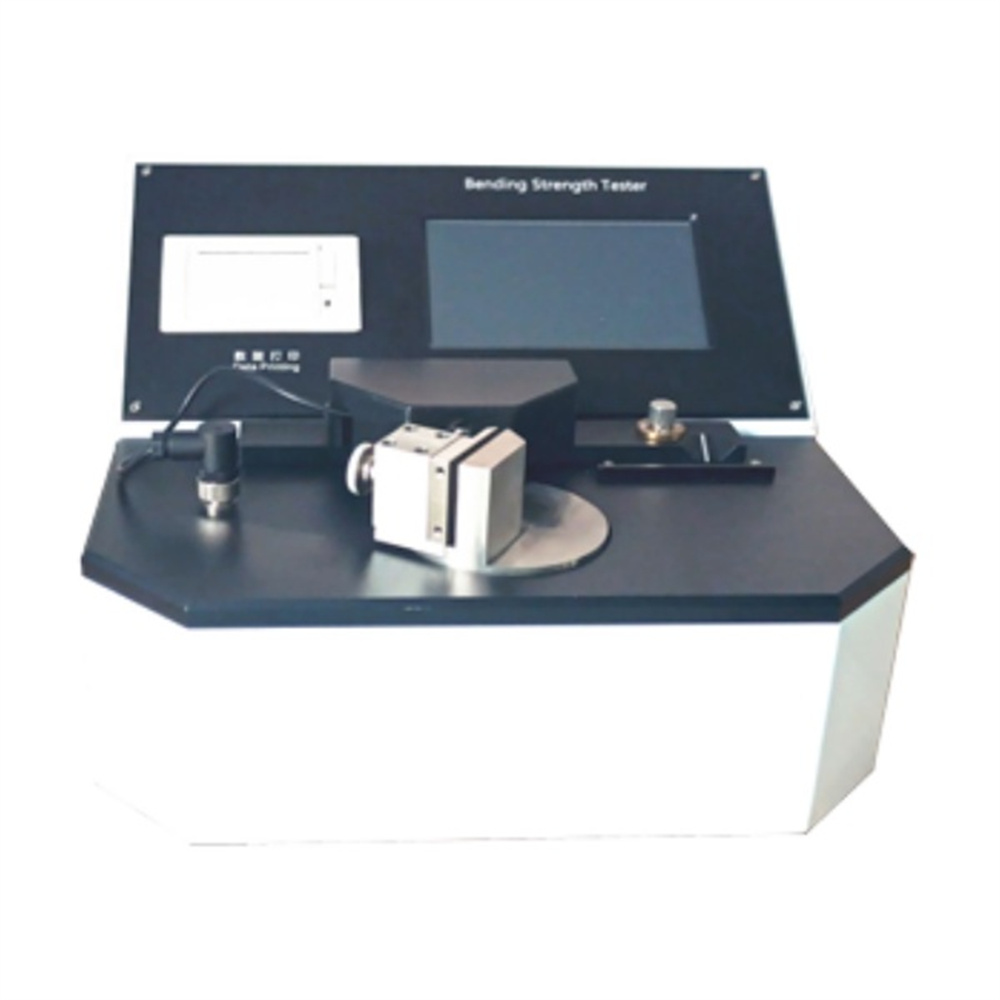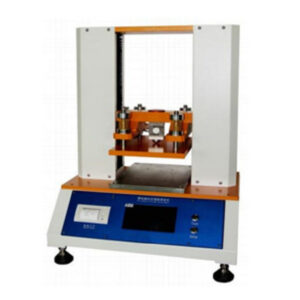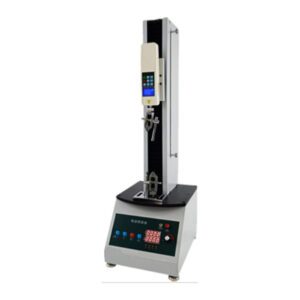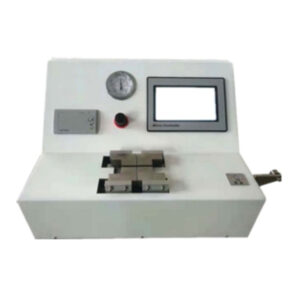The Paper Bending Stiffness Tester is a precision instrument designed to measure the bending resistance of paper and board materials. Essential for industries such as packaging, printing, and quality control, this tester provides accurate data on material stiffness, ensuring consistency and reliability in product applications. Equipped with advanced features, it allows manufacturers and quality control labs to assess material properties, enabling them to meet rigorous industry standards.
ISO 2493-1: The Standard for Bending Stiffness Testing
Overview of ISO 2493-1
国際標準化機構(ISO) 2493-1 is an internationally recognized standard that specifies the methods for measuring the bending stiffness of paper and board. It ensures uniformity and reliability in testing, enabling manufacturers to compare results and meet industry benchmarks. This standard is crucial in applications where material flexibility and strength are key to product performance.
Testing Methods Under ISO 2493-1
ISO 2493-1 describes procedures to measure the force needed to bend a clamped sample at specific angles and lengths, typically at 15° and bending lengths of 50 mm or 10 mm. Our tester fully complies with these requirements, providing confidence in results across different paper grades and board types.
Key Features of the Paper Bending Stiffness Tester
Two-Point Loading Principle
Using a two-point loading mechanism, this tester measures the force required to bend a sample clamped at one end. This method allows for precise readings by applying force at specific bending lengths, making it suitable for materials ranging from 20 mN to 10,000 mN.
Adjustable Test Angles
The tester supports up to three simultaneous test angles, including the most commonly used angles of 7.5°, 15°, and 30°. This flexibility allows users to select the best angle based on the material’s properties and specific testing requirements.
High-Resolution Touchscreen Interface
A user-friendly 7-inch touchscreen interface streamlines the testing process, providing a visual menu for easy operation. This feature enhances efficiency by allowing quick parameter adjustments and real-time data monitoring.
統合サーマルプリンター
Equipped with a modular integrated thermal printer, this tester enables the immediate printing of test results. This feature supports on-the-spot documentation, saving time and ensuring data integrity in lab settings.
Test Principle and Technical Specifications
テストの原理
The tester measures the bending resistance by applying force at one end of a clamped sample, bending it to a specified angle. Typically, the sample is bent to 15°, and the force applied at a set bending length determines the bending stiffness.
Key Technical Specifications
| テスト範囲 | (0~10000)mN |
| 解決 | 0.1 mN |
| 正確さ | ± 0.5% F.S. |
| Bending Length | 5, 10, 15, 20, 25, 30, 40, 50 mm |
| 曲げ角度 | 1 °~ 90 ° |
| Bending Speed | 0.5~50 ° / s |
| Speed Accuracy | ± 0.1° |
| Clamp Type | Manual |
| Sample Thickness | 0.01~5mm |
| サンプルサイズ | 38*70mm |
| Screen | 7 in Color Touch Screen |
| Printer | Thermal Type |
| 力 | 220 V, 50 Hz |
| 寸法 | 380 × 390 × 255 mm LHW |
Sampler Specification (optional)
| Sampling Size | (70*38)mm Stiffness sample; |
| (38*36)Crease stiffness sample | |
| Parallelism | ≤0.015mm |
| Sampling Thickness | (0.1~1.2)mm |
| 寸法 | 300*90*90mm |
These specifications make the Paper Bending Stiffness Tester ideal for laboratories and production lines requiring high precision in material testing.
標準準拠
Our Paper Bending Stiffness Tester complies with various international standards, including:
- 国際標準化機構(ISO) 2493-1 そして 5628 規格 for measuring stiffness in paper and board
- タッピT556 そして DIN 53121 for standardized paper testing methods
- GB/T 2679.3 そして GB/T 23144 for Chinese standards on paper quality
- SCAN P29, BS 3748, AS/NZ 1301-4535 for regional compliance in Europe and Australia
Compliance with these standards ensures compatibility with global testing requirements, making this tester a versatile choice for manufacturers aiming to meet various regulatory standards.
Advantages of the Paper Bending Stiffness Tester
- High Accuracy and Flexibility: With adjustable bending angles and a broad test range, the tester caters to different material specifications.
- ユーザーフレンドリーなデザイン: The intuitive touchscreen and modular printer streamline the testing process, improving lab efficiency.
- 適応性: Suitable for a variety of paper and board materials, excluding corrugated board but applicable to its components.
- Documentation Ease: The thermal printer allows for immediate results, reducing processing time and facilitating on-site record-keeping.
さまざまな業界への応用
This Paper Bending Stiffness Tester is widely applicable in industries such as:
- Packaging and Printing: Verifies material strength for boxes, cartons, and printed products.
- 品質検査機関: Provides essential data for product certification and compliance.
- 研究開発: Supports product innovation by assessing material resilience and suitability.
よくある質問
1. What materials can be tested with this instrument?
The tester is suitable for paper and board materials, with a bending range of 20 to 10,000 mN. It is not applicable to corrugated boards but can be used for components of such boards.
2. How does the bending angle impact test results?
The bending angle affects the force measurement, with smaller angles typically requiring less force. The tester’s adjustable angles (7.5°, 15°, and 30°) allow users to select the best setting for their specific material.
3. What is the significance of ISO 2493-1 in paper testing?
ISO 2493-1 provides standardized testing methods for bending stiffness, ensuring consistent and comparable results across different testing environments.
4. Can this tester be used for corrugated board?
No, this tester is not recommended for corrugated board testing. However, it is suitable for components used in corrugated board.
5. How does the thermal printer facilitate result documentation?
The built-in thermal printer enables immediate printing of test results, allowing for quick and convenient documentation directly from the tester.





